Siam
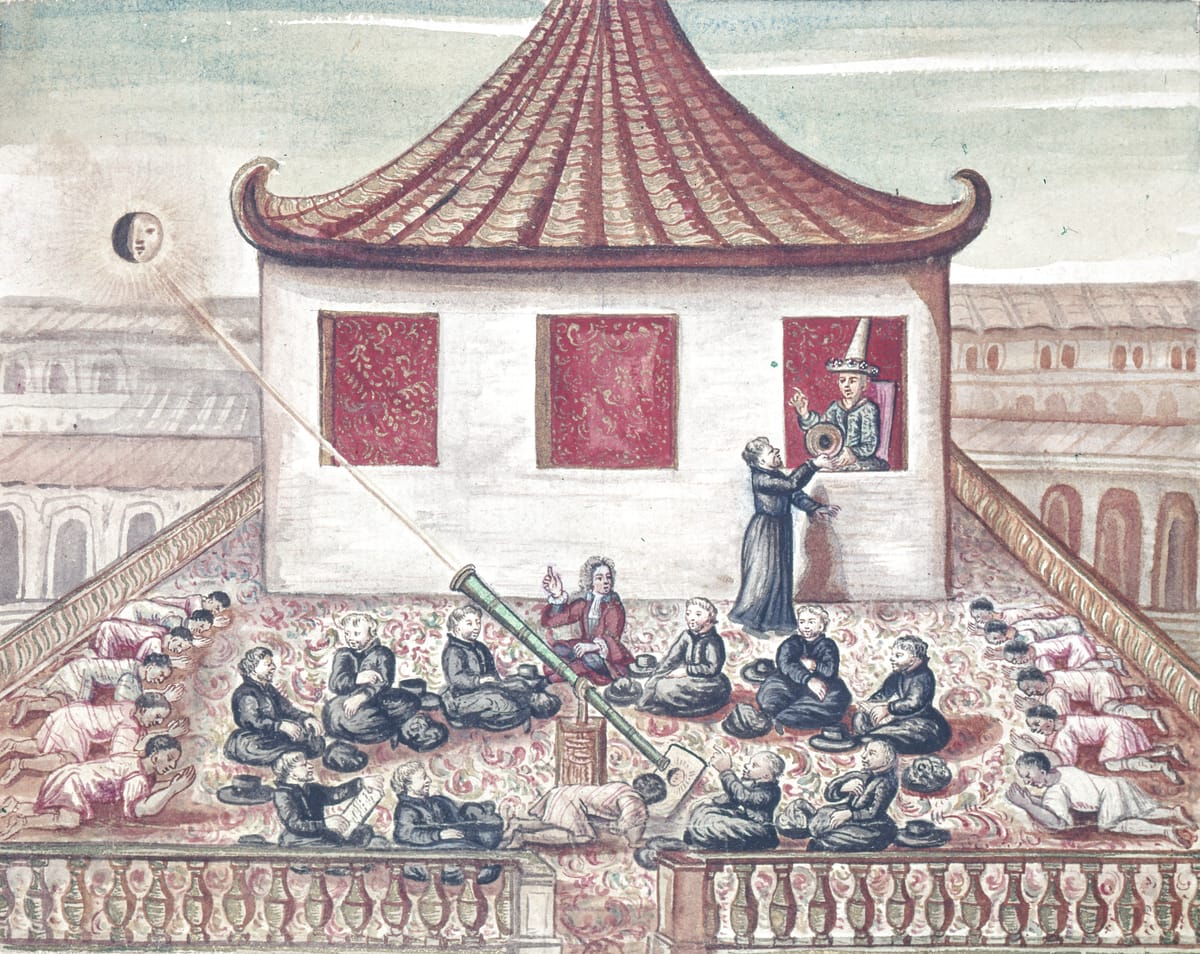
Siam, or Ayutthaya, was home to one of the most cosmopolitan merchant diasporas of the early modern period. Its history dates back to 1351, when it was founded as the capital of the Ayutthaya kingdom. Over the next two centuries Siam became a regional maritime force, which in turn attracted several international merchant diasporas.
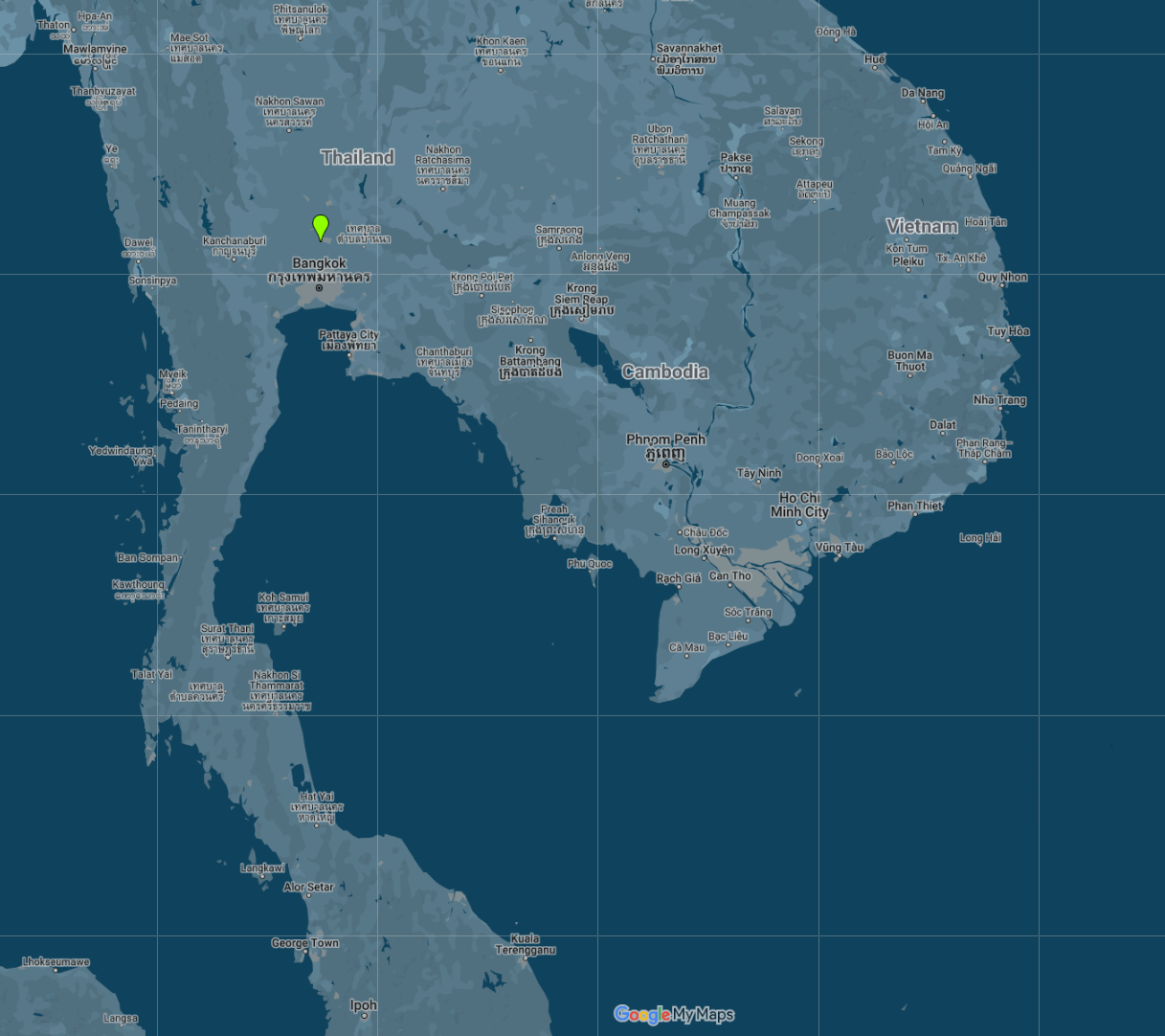
Nowadays Ayutthaya is a mid-size urban node in Thailand, far smaller than the capital city of Bangkok. But Bangkok was not founded until the very late eighteenth century, several decades after the fall of Siam.
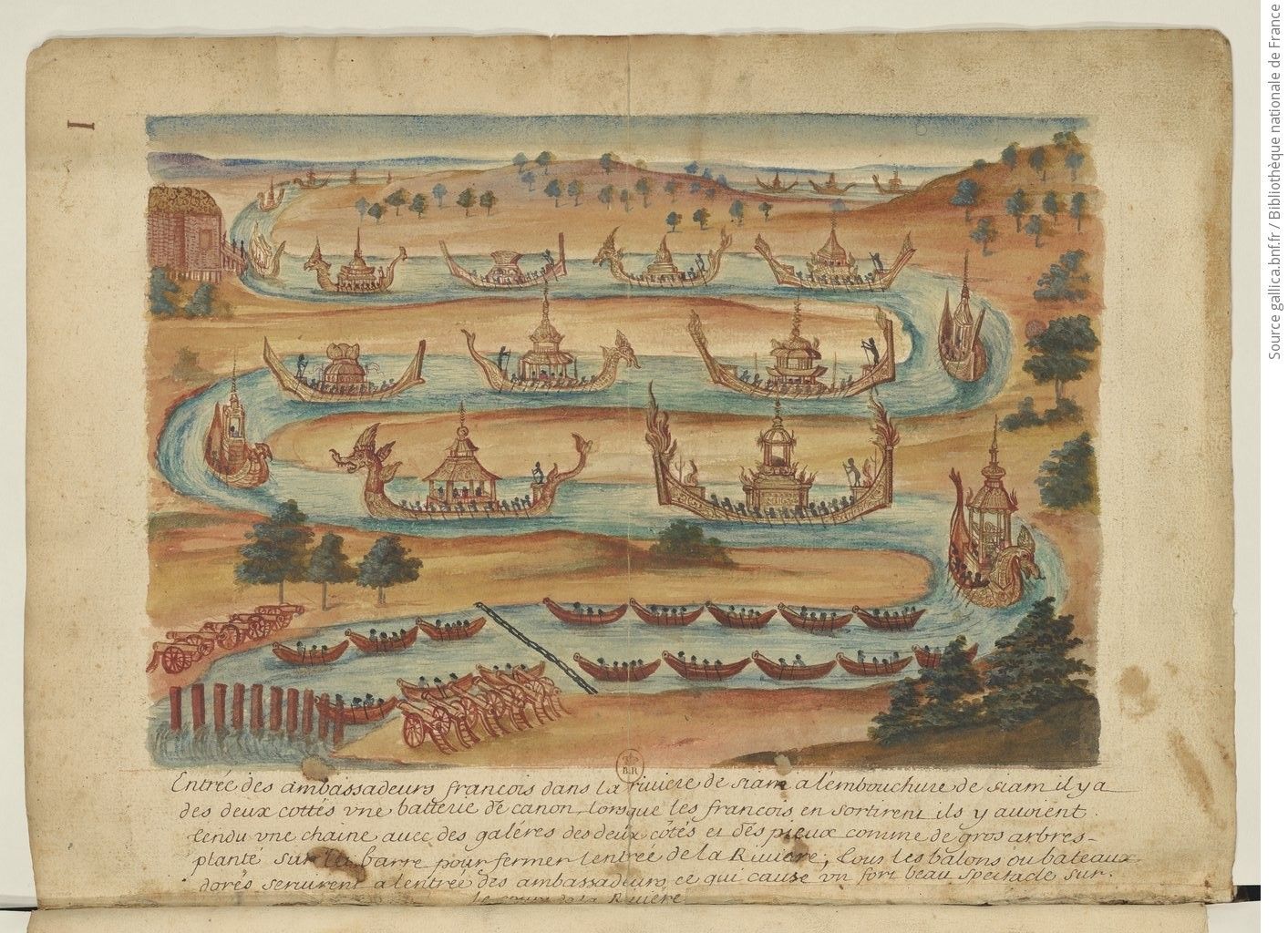
As shown in the map below, the Chao Phraya river snaked its way through Siam. The river connected the city to a vast hinterland north and south of the royal capital. Various districts of the city were named after the commodities in which they specialized: Banana Leaf, Ironwork, Pink Cloth. And as indicated on the map legend, various European factories, seminaries, and residences dotted the urban landscape in the second half of the seventeenth century.
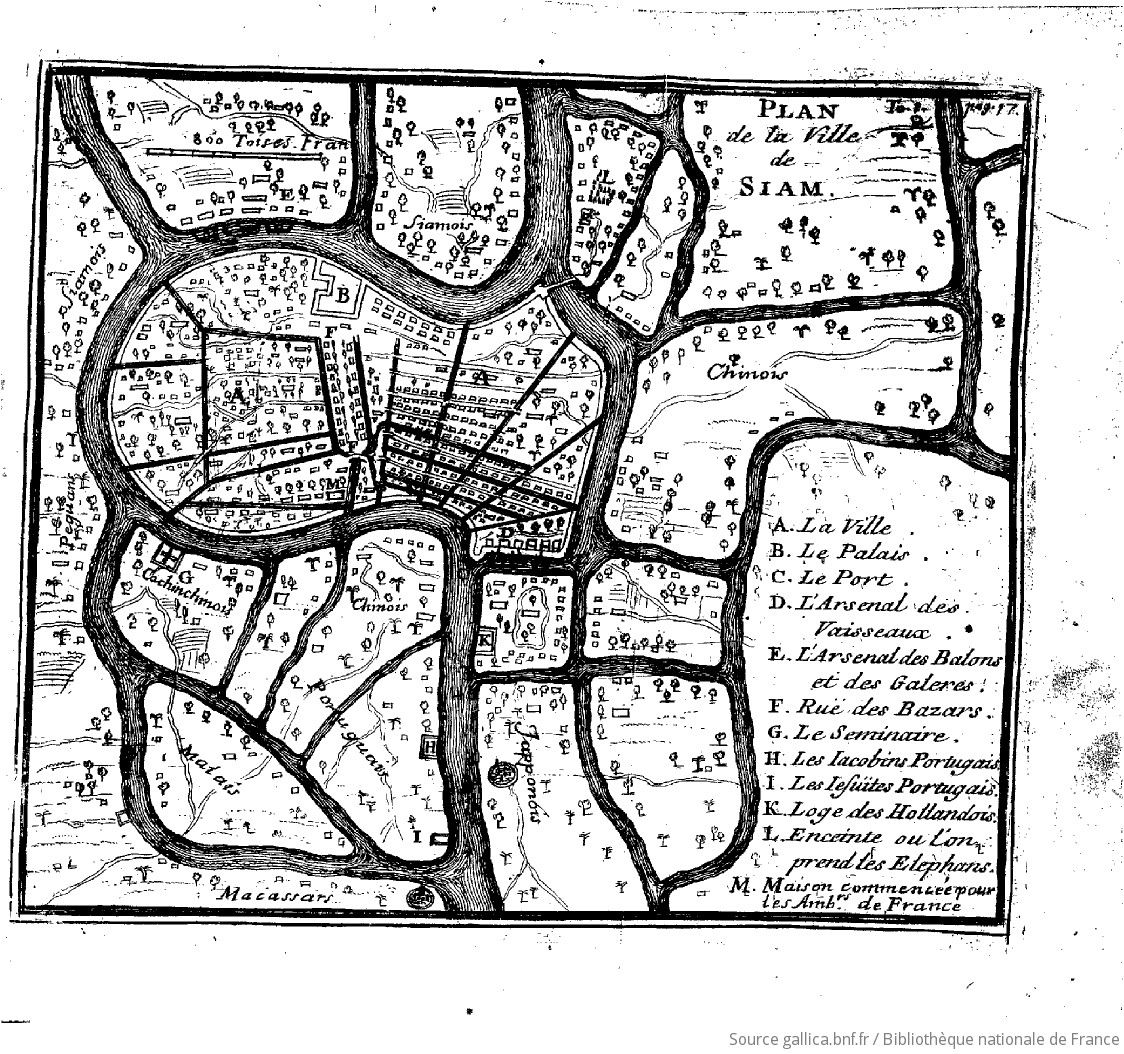
Indeed, Siam was home to merchants from Europe, Iran, India, China, and Japan, as well as slaves from the Malay peninsula and Mon mercenaries from what is now Myanmar. The more privileged of these foreigners maintained close relations with the Siamese court, and sought to influence its policies. The Jesuits were some of the most conspicuous members of Siam's foreign community. Yet they certainly held no monopoly of influence. Japanese mercenaries under the authority of Yamada Nagamasa threw their weight around in local politics for a period in the 1620s, but they were kicked out of Siam in 1630. An evocative picture of the city's life later in that same century is found in Safinah-i Sulaimani (The Ship of Sulaiman), an account written by a Safavid envoy to Siam, which has been available in English translation since the 1970s.

By the 1680s, the French enjoyed the upper hand with various factions of the Siamese court, most notably with the chief minister, Kosa Pan. (Below he is pictured on his famous embassy to Louis XIV in 1686). However, French influence - which had relied on economic and religious networks as much as political ones to exert itself - was snuffed out two years later during the famous revolution against King Narai in 1688. Kosa Pan managed to cling onto a ministerial post for another 11 years, before his death by suicide in 1699.
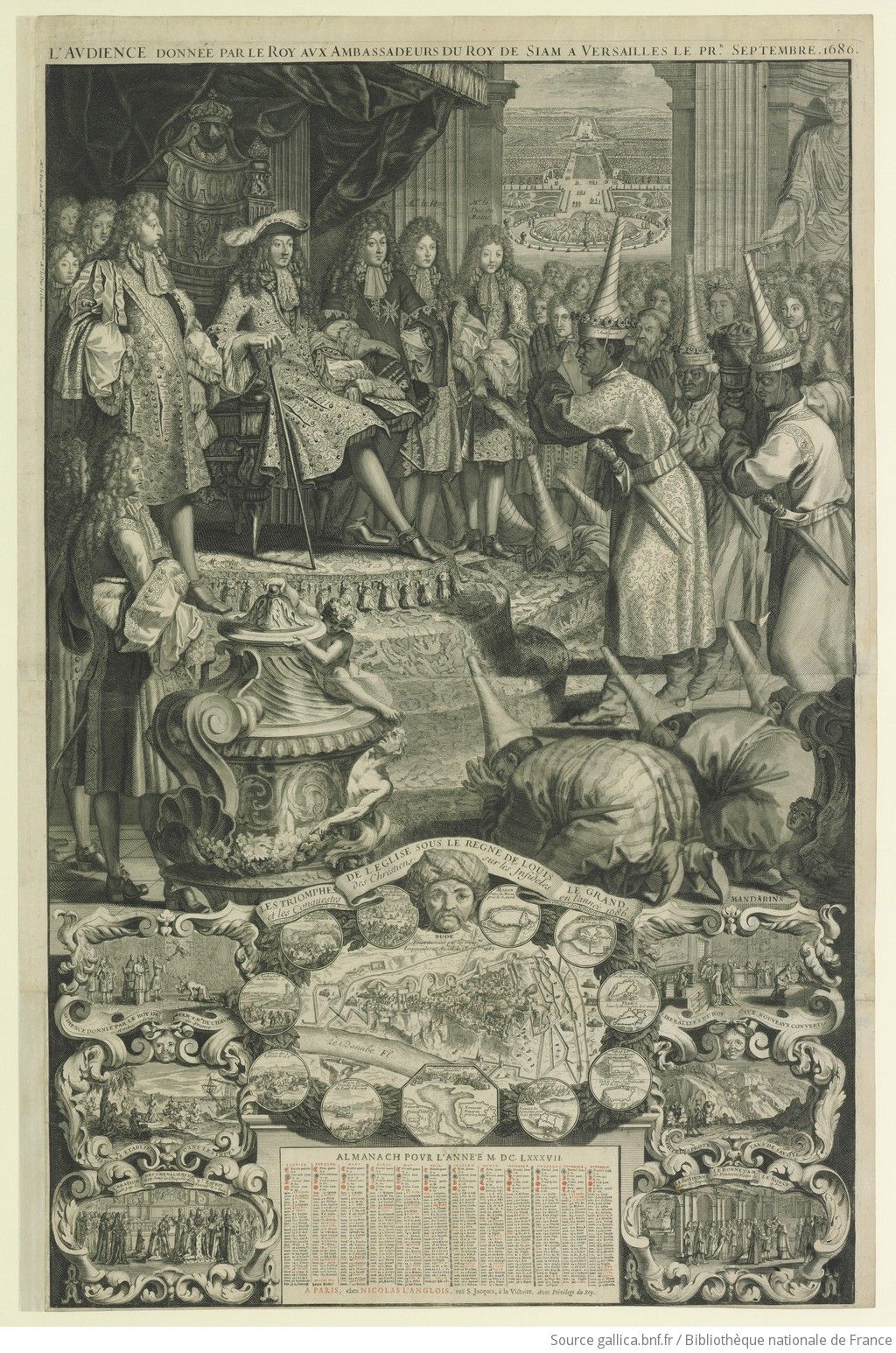
In the aftermath of the revolution, Siam lost some of its international profile with the departure of most of the Europeans, save the Dutch who stayed on until around the 1730s. In their stead, Iranian, Indian, and especially Chinese merchants continued to exercise influence in Siam’s political and economic life until the kingdom of Siam was crushed in 1767 by the Burmese.

Siam's long-term history is expressive of how early modern capitalist nodes often failed to retain that status into the later eighteenth and early nineteenth centuries. As an influential account of recent years has argued, seventeenth-century Siam was largely self-sufficient in food production, and agriculture was practiced only part-time by a large share of the population. By implication, the population of Siam was inordinately involved in a range of proto-industrial activities. Consequently, the wider area around the Siamese capital consisted of clusters of urban nodes punctuated by stretches of forest. However, with the decline of the capital early eighteenth-century Siam experienced a process of "ruralization" that in turn has exercised an enduring, if anachronistic, hold over the ways in which historians perceive early modern and modern Siam.
References:
Chris Baker and Pasuk Phongpaichit, “Early Modern Siam as a Mainly Urban Society,” Modern Asian Studies 51, no. 2 (2017): 235–67.
Chris Baker and Pasuk Phongpaichit, A History of Ayutthaya: Siam in the Early Modern World (Cambridge: Cambridge University Press, 2017).
John O'Kane ed. and trans., The Ship of Sulaiman (London: Routledge and K. Paul, 1972).
Dirk van der Cruysse et al. eds., The Diary of Kosa Pan: Thai Ambassador to France, June-July 1686 (Bangkok: Silkworm Books, 2002).
Featured Image Credit: "Éclipse de Soleil. A Siam en 1688 au mois d’avril," https://commons.wikimedia.org/wiki/File:Françoise_Foliot_-_Eclipse_de_soleil_au_Siam_en_1688.jpg
